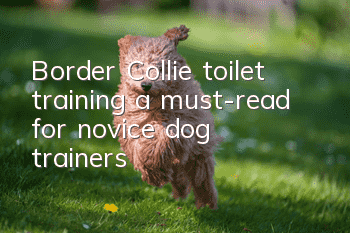Symptoms of canine parainfluenza

Symptoms of canine parainfluenza:
1. Respiratory catarrhal inflammation, cough, initially large amounts of serous, then mucus, opaque nasal secretions.
2. Sick dogs have dry cough, serous or mucus rhinorrhea, fatigue and depression. The course of the disease can last more than 3 weeks, and the condition is aggravated by mixed mycoplasma infection or Bordetella bronchiseptica (i.e., dog cough).
3. Some dogs show symptoms such as hindquarter paralysis and movement disorders after infection. If the disease is not complicated by or secondary infection, the prognosis is generally good and the mortality rate is low. However, sick dogs are young and may die if not properly treated.
Treatment of canine parainfluenza:
1. Compound licorice mixture, federal cough syrup, etc. can be used for dogs with dry coughs, and ultrasonic aerosol therapy can be used for dogs with severe coughs. .
2. Dogs with poor appetite can be given intravenous infusion of isotonic glucose solution, and attention should be paid to supplementing ATP, coenzyme A, vitamin C, and B vitamins; this disease is often secondary to infection with Bordetella bronchiseptica and Mycoplasma , to prevent secondary infection, cephalosporin, lincomycin, ampicillin, etc. can be used.
3. Ribavirin, etc. can be used to fight viral infection; to improve resistance, hyperimmune serum or intravenous injection of serum albumin can be given.
- What medicine should a golden retriever have diarrhea? Is it okay to give oxytetracycline to a golden retriever dog with diarrhea without eating?
- The smile of the Shiba Inu, which is very popular recently. How old does it take to teach a Shiba Inu to smile?
- Why do dogs need to be neutered? 8 benefits of neutering your dog!
- Do dogs need anti-inflammatory injections after giving birth to puppies?
- When is the best time for dogs to take deworming medicine?
- Is the Brazilian Mastiff easy to raise? What are its characteristics_Pictures
- Is the Neapolitan Mastiff easy to raise? The living habits of the Neapolitan Mastiff
- Why is the dog's mouth trembling?
- What should I do if Alaska is too fat? How to lose weight in Alaska?
- How to feed a German Longhaired Pointer



